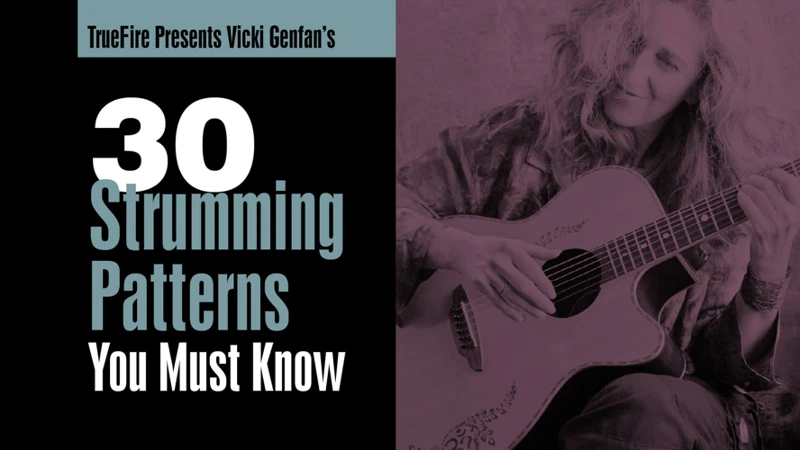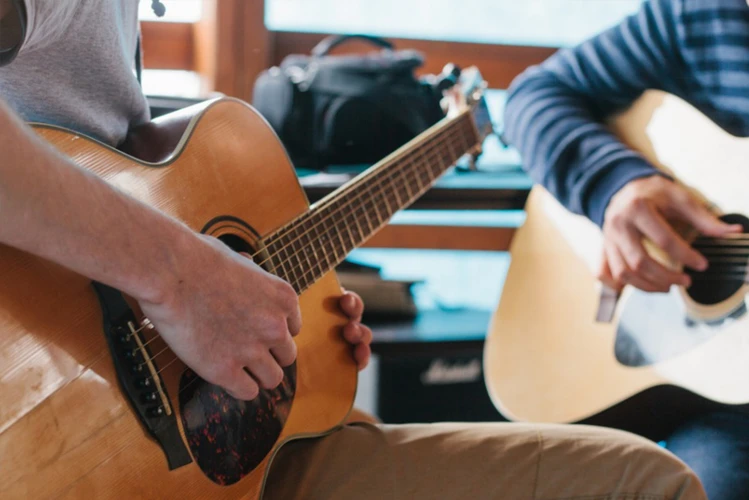Rhythm Country Music, also known as RCM, is a genre that has been gaining popularity in recent years. It combines the traditional sounds of country music with a more modern, upbeat rhythm. This genre has been able to appeal to a wide range of audiences, from hardcore country fans to those who prefer pop music. In this blog post, we will explore the importance of Rhythm Country Music in the music industry today.
The Origins of Rhythm Country Music
RCM has its roots in the early 1990s when country music started to incorporate more modern sounds and rhythms. Artists like Garth Brooks, Shania Twain, and the Dixie Chicks were at the forefront of this movement, blending traditional country music with elements of rock, pop, and R&B. This new sound helped to attract a wider audience to country music and paved the way for the Rhythm Country Music genre.
The Appeal of Rhythm Country Music
One of the reasons why Rhythm Country Music has become so popular is because it appeals to a wide range of audiences. The traditional sounds of country music, such as acoustic guitars and fiddles, are combined with modern rhythms and beats, making it more accessible to those who may not have been interested in country music before. Additionally, RCM often features catchy choruses and upbeat tempos, making it perfect for dancing and parties.
The Influence of Rhythm Country Music
RCM has had a significant impact on the music industry as a whole. It has helped to break down the barriers between different genres, inspiring other artists to experiment with blending different styles of music. Additionally, RCM has helped to bring country music to a wider audience, introducing the genre to people who may not have been exposed to it before.
Collaborations with Other Genres
One of the most significant impacts of RCM has been the collaborations between country artists and artists from other genres. These collaborations have helped to introduce country music to new audiences and have created some of the most memorable songs in recent history. For example, the collaboration between Florida Georgia Line and Nelly on the song “Cruise” helped to bring country music to a new audience and became a massive hit.
The Influence on Pop Music
RCM has also had an impact on pop music. Many pop artists have incorporated country elements into their songs, creating a new sub-genre known as “country-pop.” This sub-genre has produced some of the biggest hits in recent years, including “Body Like a Back Road” by Sam Hunt and “The Bones” by Maren Morris.
The Future of Rhythm Country Music
The future of Rhythm Country Music looks bright. With more and more artists experimenting with the genre, we can expect to see even more innovative and exciting music in the years to come. Additionally, the popularity of country music as a whole is on the rise, with more people tuning in to country radio stations and attending country concerts than ever before.
Continued Collaborations
Collaborations between country artists and artists from other genres will continue to be a significant part of the RCM genre. These collaborations help to introduce country music to new audiences and create unique and memorable songs. We can expect to see even more exciting collaborations in the future.
Innovative Production Techniques
As technology continues to advance, we can expect to see even more innovative production techniques being used in RCM. These techniques will help to create new sounds and textures, making the genre even more exciting and dynamic.
When it comes to playing country music, rhythm is key! Check out our articles on tuning your guitar for country music, choosing the right string material for tone and playability, acoustic country music tips, mastering the guitar for country music, and perfecting your rhythm guitar skills for a well-rounded understanding of how rhythm influences the soulful sound of country music!
Conclusion
In conclusion, Rhythm Country Music is an important genre in the music industry today. It has helped to break down the barriers between different genres, inspiring other artists to experiment with blending different styles of music. Additionally, RCM has helped to bring country music to a wider audience, introducing the genre to people who may not have been exposed to it before. With its wide appeal, innovative production techniques, and continued collaborations with other genres, the future of Rhythm Country Music looks bright.



